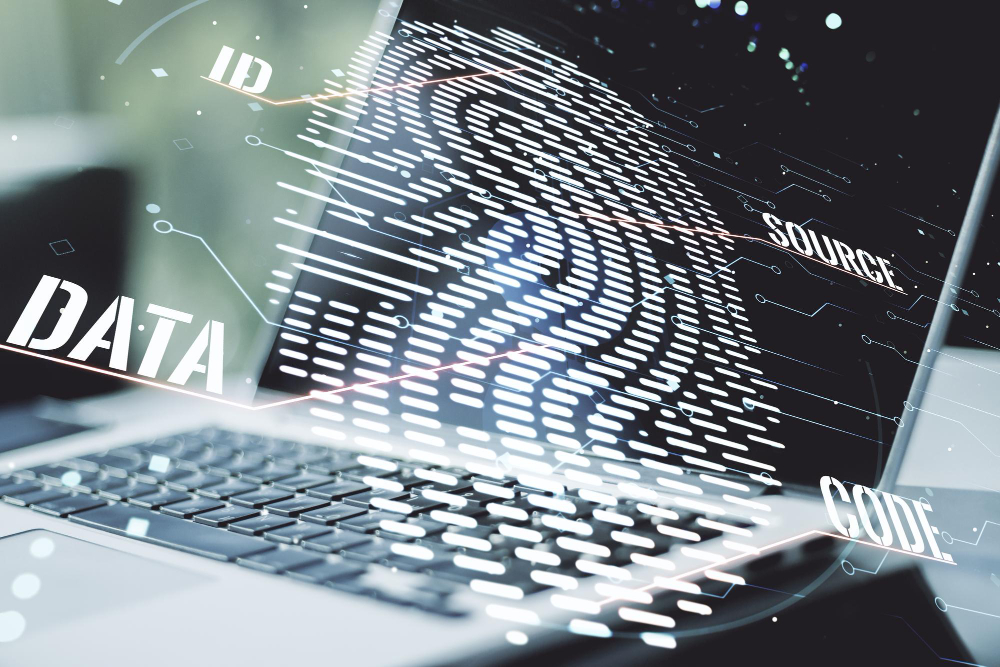These days, falling victim to a skimming attack is more common than you might think. This attack method allows cybercriminals to steal your payment information without you noticing, often leading to fraudulent charges and carding schemes.
But what exactly is a skimming attack, and how can you defend yourself against these crafty thieves? Read on to discover the details of this widespread threat and learn how to protect your financial info!
What is a Skimming Attack?

A skimming attack is a technique criminals use to secretly steal your payment information. This attack can happen physically and digitally.
The physical attack usually involves placing a small device called a skimmer on card readers at ATMs, gas stations, or retail checkouts. When you swipe your card, the attacker captures your credit card information, which is then used for fraudulent purposes.
On the other hand, e-skimming or online card skimming occurs when hackers insert malicious code into websites to capture payment details during online transactions.
These attacks can happen on compromised websites, often going unnoticed by both the site owner and the customer. The case is similar to the digital scamming attack cases found by Europol in 2023.
How Do Skimming Attacks Work?

Gaining Access
Thieves use sneaky tricks to steal your card details. They might put a fake card reader on an ATM or gas pump. It looks normal, but it secretly copies your card information.
Another way is through online shopping. Hackers can break into websites and steal your card details when you check out.
Collecting Data
When you use your card at a fake reader, it copies your card information and saves it.
Online, hackers secretly record your card number, expiration date, and security code when you type them in. The criminals then send this information to them.
Harvesting Sensitive Information
With your stolen card information, criminals can make fake cards or buy things online. They might also sell your information to other criminals.
Types of Skimming

E-Skimming
This is the most advanced digital form of skimming attack. Attackers can hide sneaky code in online stores. When you pay, this code steals your card details. They can steal a lot of information without getting caught, which hurts both the store and the customers.
To make it worse, as this attack doesn’t incorporate a physical device during the process, it becomes harder to detect.
POS Swaps
This often happens in busy stores, where attackers can replace the real card reader in a store with a fake one. Or, they can place a small skimming device in the real card reading. It looks normal, but this device steals your card information when you pay.
Dummy ATMs
This one is hardly prevalent compared to other types. During the process, fake ATMs are set up to look real. When you use your card, it steals your card number and PIN. These fake ATMs are designed to collect as much information as possible.
Hand-held Point-of-sale Skimming
Some internal employees, like cashiers or other employees in retailers, use a small device to copy your card information. This often happens when they take your card to pay. They quickly copy your card before processing the payment on the real POS terminal.
Self-service Skimming
In places like gas pumps, ATMs, or other machines, thieves can install fake card readers. When you use your card, the reader steals your information.
Because self-service stations are typically less monitored, these devices can remain in place for some periods, collecting data from countless victims before being discovered.
Why are Digital Skimming Attacks Hard to Detect?

Digital skimming attacks are challenging to detect because they are designed to be nearly invisible.
Attackers discreetly inject malicious code into legitimate websites, making it blend perfectly with the existing site code. This makes it difficult for both website owners and users to spot any unusual activity.
Many businesses lack visibility into their website’s deeper layers, making it easier for attackers to hide. Regular security scans may miss the malicious code, especially if it’s designed to stay hidden until triggered.
How to Protect Yourself from Skimming Attacks?

Account Monitoring
Monitor your account statements to spot any unauthorized transactions quickly. Even small, unfamiliar charges could indicate your card has been skimmed.
You can set up alerts for your accounts to help you stay on top of any suspicious activity and take immediate action if needed.
Using Low-limit Cards
Consider using low-limit credit or debit cards for everyday purchases to minimize the risk if your card is compromised. A lower limit reduces the potential damage from skimming attacks. Some cards also allow you to set spending limits or lock your card after a transaction, providing added security.
Avoiding Suspicious ATMs
Protect yourself by avoiding ATMs that look out of place, are poorly maintained, or are in secluded areas. Criminals often target these locations to install skimming devices. Instead, use ATMs inside banks or in well-lit, busy locations.
Before inserting your card, inspect the card reader for any loose or unusual components, and always cover your hand when entering your PIN to add an extra layer of protection.
Using Only Trusted Websites for Online Transactions
When shopping online, stick to trusted websites to avoid e-skimming attacks. Ensure the site’s URL begins with “https://”. In addition, avoid making payments on public Wi-Fi networks, which can be vulnerable to hackers.
Frequently Asked Questions
What is skimming in cyber security?
In cybersecurity, skimming refers to the unauthorized collection of payment card information, either through physical devices on card readers or malicious code on websites.
What is the difference between skimming and phishing?
Skimming steals card data directly from your payment method, while phishing deceives you into providing personal information through fake emails or websites.
How do I know if there is a credit card skimmer?
Check for any loose or suspicious parts on card readers, like unusual attachments or mismatched components.
Conclusion
In conclusion, skimming attacks—both physical and digital—are serious threats to your financial safety. By understanding these risks and taking precautions like monitoring your accounts, using low-limit cards, avoiding suspicious ATMs, and using trusted websites, you can reduce your chances of falling victim.
For expert cybersecurity support and to safeguard your information, reach out to Fluxgate today.
